The Handley Page Dart Herald was the penultimate aircraft designed by Hertfordshire based Handley Page in the UK. Designed to carry 50-56 passengers up to 700 miles (1,126 kilometres), it suffered from a difficult beginning and few orders.
First flying on 25 August 1955 powered by four Alvis Leonides Major radial engines, the aircraft eventually entered service powered by two Rolls-Royce Dart turboprops with Jersey Airlines on 16 May 1961.
A Change From Four Engines To Two?
During the design phase, the decision was made to use four piston engines and the prototype flew in this configuration. At the time, the turboprop Vickers Viscount, powered by Rolls-Royce Darts, was proving very popular with airlines around the world.
Handley Page Dart Herald Video
Following on from the last video about the Avro York, this time we stay in the UK for a look at the Handley Page Dart Herald. First up is a short 20 second colour video from 1959, showing a BEA example inflight.
The sound of the Dart turboprops is unmistakable there. Next up is a 35 second video circa 1986, taken of a Channel Express aircraft taxiing at Exeter Airport.
https://youtu.be/LjWV-oxGBT8
Finally, there is this four minute video showing another Channel Express Herald on its final journey to a museum. It features engine startup, plus some air to air shots.
Finishing with a couple of flypasts, it then takes its final landing. Compared to seeing aircraft in a museum, it is good to see it in action to understand what it is really like.
Overall Thoughts
Just 50 examples of the Handley Page Dart Herald were produced from 1959 to 1968, compared to 586 Fokker F27 Friendships. The last passenger flight took place by British Air Ferries operating for Ryanair in 1987, and the last flight altogether was on 9 April 1999.
Handley Page went into voluntary liquidation in August 1969 and was wound up the following year. The development costs of their last aircraft, the Handley Page Jetstream (later further developed by British Aerospace as the Jetstream 31), along with low sales of the Herald were contributing factors.
Various airlines, predominantly in the UK used the aircraft, such as BEA, British Air Ferries, AirUK, Arkia Israeli Airlines, Court Line, and British United Airways. Eight also went to the Royal Malaysian Air Force.
Have you flown aboard a Handley Page Dart Herald before? What was it like? Thank you for reading and if you have any comments or questions, please leave them below.
Enjoying the series? Check out the index to all the “Does Anyone Remember…” articles.
Flight reviews your thing? Mine are all indexed here.
Follow me on Facebook, Twitter and Instagram.
Featured image via The Aviation Anorak.
Four engine Herald image via Bureau of Aircraft Accidents Archives.

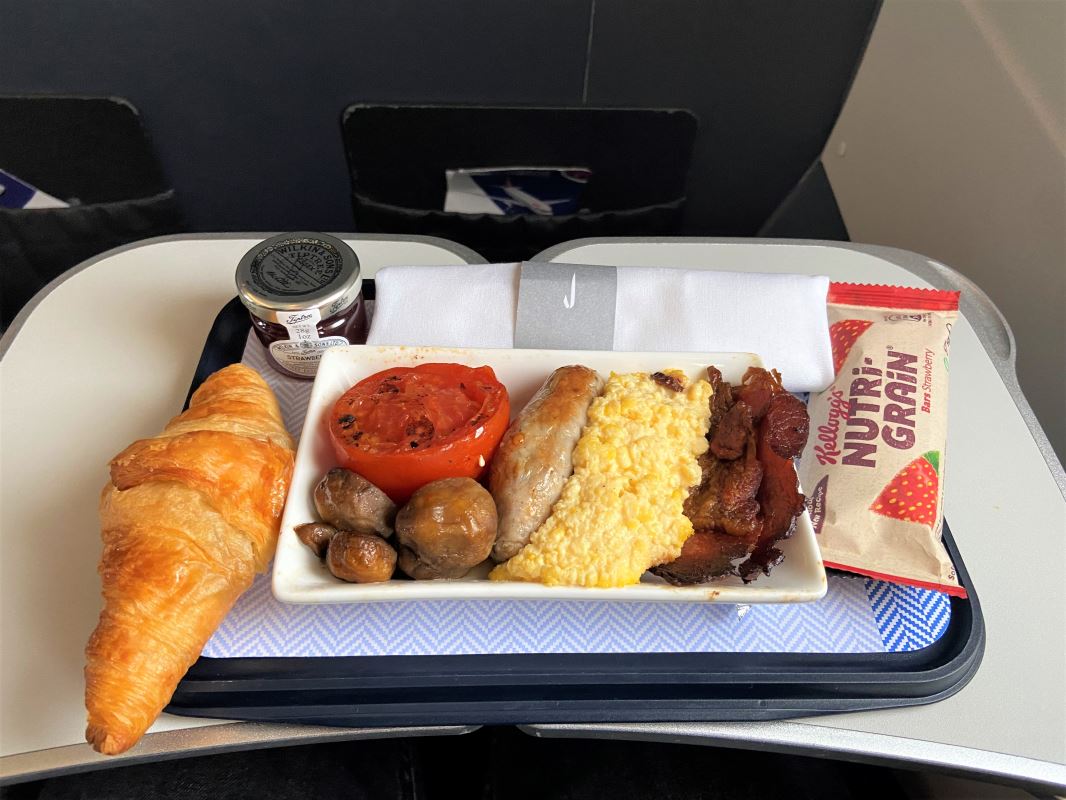

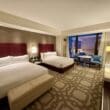
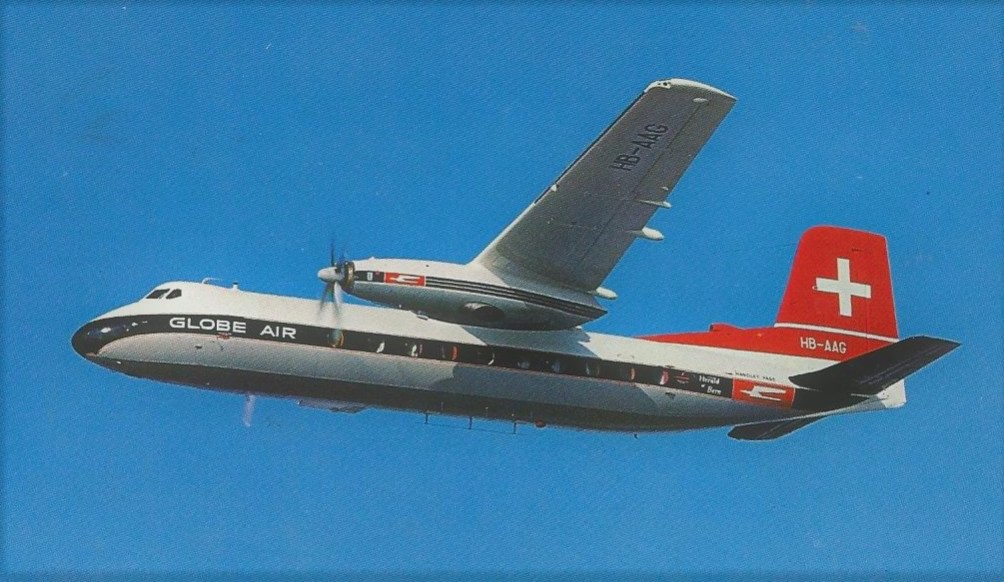
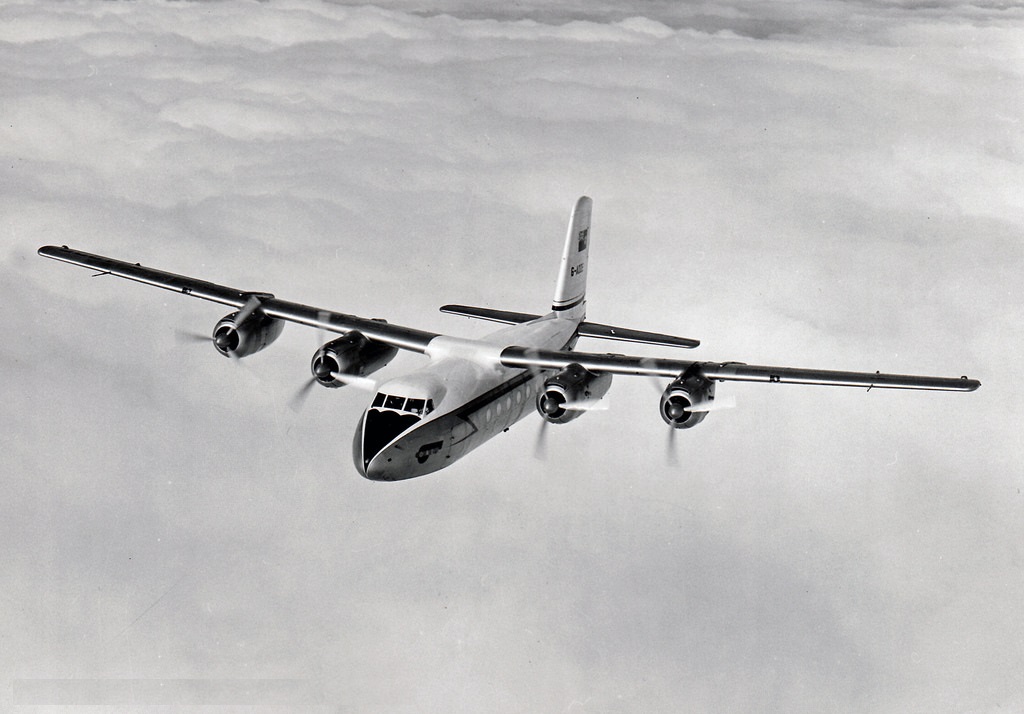
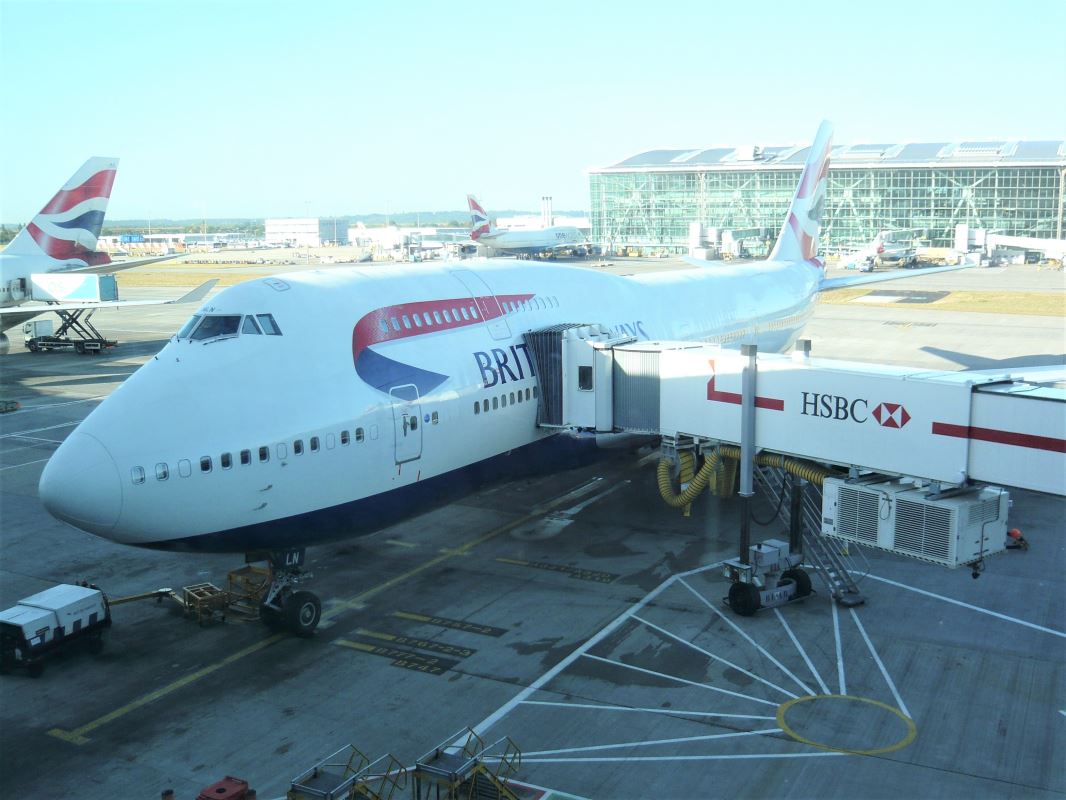


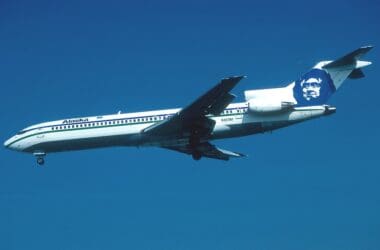
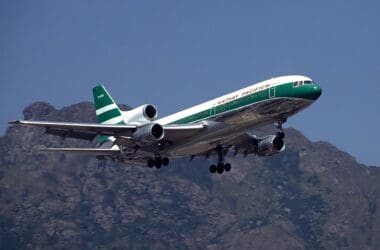
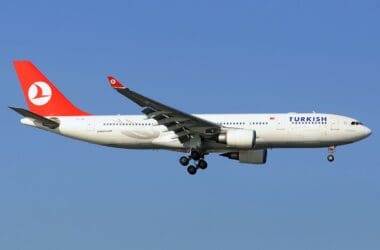
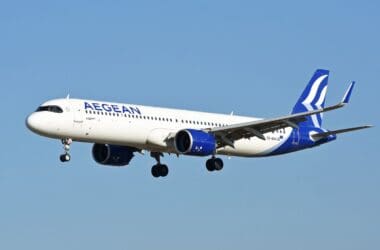
Travelled on this aircraft type operated by British Island Airways (BIA), which subsequently became part of Air UK, in the 1970’s on the LGW-GCI route.
I had to look up GCI there – not a place I’ve been to… yet 🙂
Worked in BAF converting DHs for civvy use from April/May 1977 right throuh to March the following year. Also helped build a Formula 3 for the bosses son who won the championship as well as converting a coach into a family support travel concept. Rupert the bosses son, never made the cut in F1. Those were the days my friends.
Wow, sounds like you had some interesting times back then, that’s for sure! Thanks for sharing that!
I travelled twice on H.P.Heralds. First time was on18th Sept 1964 .Globair from Basle-Mulhouse to Gatwick.
It was a Student Charter. The flight should have operated on the 17th but was delayed incoming (from Israel bad weather over the Alps?) by 12 hours. We were accomodated in a hotel in Basle by the Charterer. I also noted in my Travel log that we were tossed about in lower altitude turbulance on the decsent into Gatwick.
Next time was on 4th March 1967 BUA (with a JY Flight number) from Southampton to Exeter.
I now live on the Indian Ocean Island of Rodrigues and our only flight connection from here is to Mauritius. Air Mauritius (when flying and not grounded by Covid-19 restrictions) uses ATR 72-500’s. The legroom in the Herald was (no need to say) in those days, much more reasonable.
Thanks for your pieces on the H.P Herald.
Great that you kept a record of these, which is excellent! Nice that you’ve been on board this aircraft twice and had some interesting flights there. I had to look up the island of Rodrigues – I already knew of Reunion and Mauritius but now I know of the third, so thank you for mentioning this. I can imagine the leg room was better back in the day compared to what you get on an ATR. Thanks so much for the comment – I’m glad you enjoyed the read.
The name is quite a mouthfull. At first I thought it sounded like a small town newspaper. Correct me if I’m wrong but wasn’t a 700 mile range quite short for the time? If so, the plane would have to have some major benefit to compensate.
Hahaha! It does sound like a small town newspaper, doesn’t it? 🙂 Yes, the range is quite limited. The Fokker F27 had more than double that, which is probably another reason it was more successful.
I think that the Brits at the time designed aircraft for the UK needs (BEA) and the European short haul market, which limited a few of their designs. A few made the cut in the US (BAC 1-11, Viscounts) but they never really saw the bigger picture. Plus at the time there was a “Buy American” mindset here, in no small part due to the now-defunct CAB (Civil Aeronautics Board) which was real piece of political theatre stateside.
No real difference to the buy British mentality in the UK at the time, only they also got to buy American more often than not as well. You are right on the designs though, many were too customised for the local carrier which hurt export sales.
The shorter range is probably what killed it in the US, besides the fact the F27 was an all around more capable aircraft (for US operators anyway). I saw a few examples in the UK in the 70’s and 80’s when I visited friends there, I wish I could have landed a ride on one.
I’d say so, plus all the dillydallying with the wrong engines in the beginning cost its lead over the F27. There are plenty of British designs that failed or one reason or another, that’s for sure.